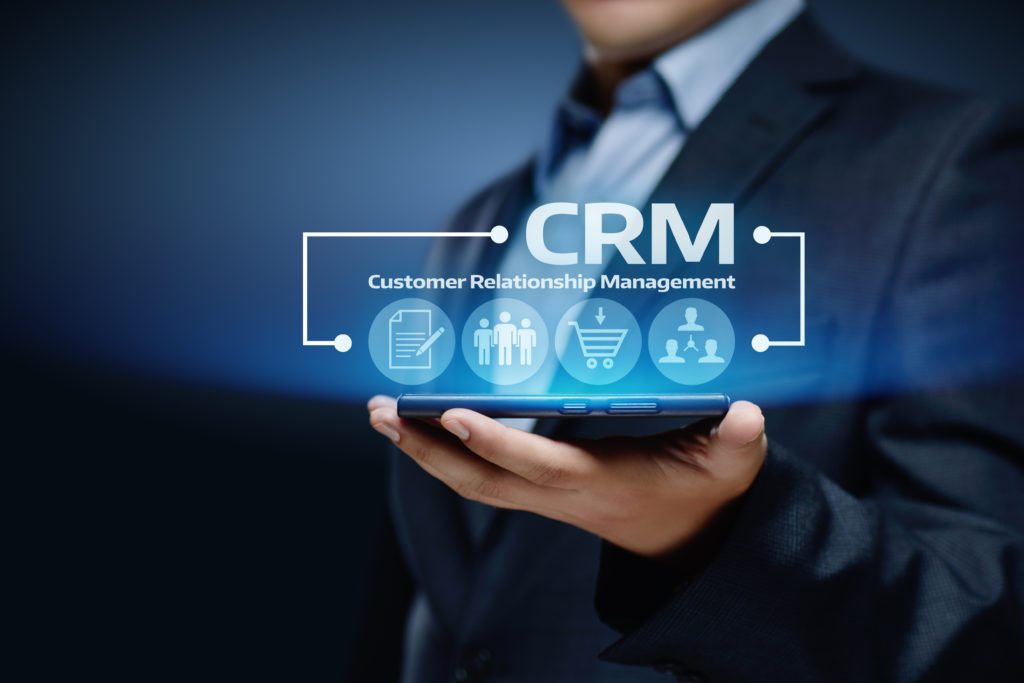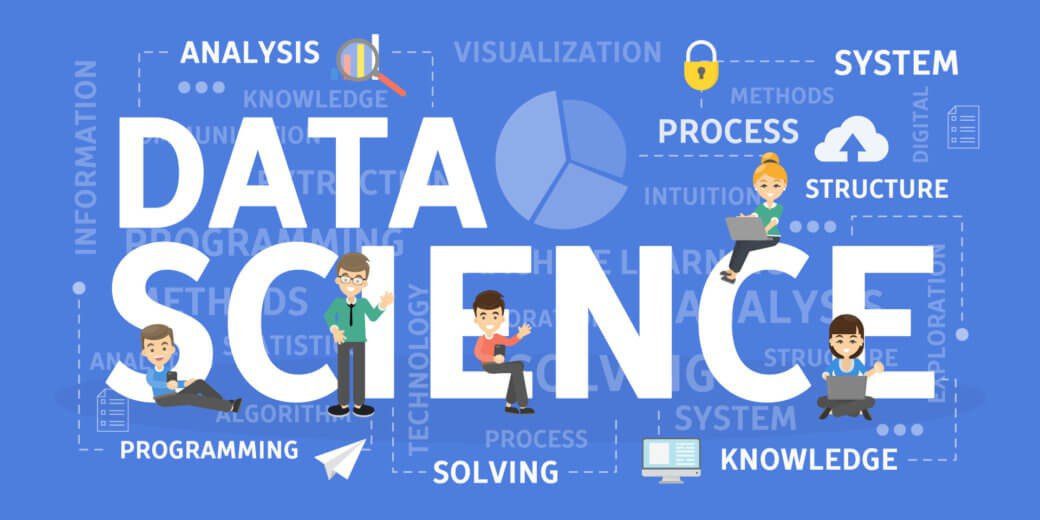The many technological advancements that occurred in the past few years have benefited every aspect of society, including many industries and businesses.
Technologies help increase productivity, reduce costs and manpower, save time, and allow businesses to operate at unprecedented levels.
Starting and growing a business always involved managing risks, but unprecedented levels of economic, social, and health crises now threaten business operations.
It’s more important than ever for entrepreneurs to adopt the latest technologies to improve efficiency so their businesses can continue to pivot, lead, disrupt, or just plain survive.
Focusing on efficiency can help a company generate higher revenue by streamlining operations and services. But efficiency isn’t achieved overnight. It’s a product of practice, meticulous planning, and maximizing every available tool, including software.
There are a lot of computer programs that businesses can use to improve business operations. Here are four of the most promising software available today for your business needs:
Human Resources Software
Human Resources (HR) software helps with a company’s personnel records, payroll automation, and employees’ schedule. A benefits administration platform can even help simplify the management of employee benefits.
There are several excellent HR software to choose from, and the choice would depend on a business’s size.
For example, large corporations may require comprehensive HR software with extensive features like advanced analytics, extensive integration capabilities with other enterprise systems, and robust data security measures. These systems are often complex and can handle a vast number of employee records, making them suitable for large-scale operations. On the other hand, HR software for SME’s is typically more streamlined and user-friendly, focusing on core functionalities like on-boarding processing, basic personnel record management, and straightforward scheduling tools. These systems are more cost-effective and easier to implement, making them ideal for smaller businesses with fewer resources and a need for greater agility in their HR processes. The key is to choose software that matches the scale and specific needs of the business, ensuring it adds value without unnecessary complexity.
These programs and tools are designed to assist employees and managers alike to achieve efficiency in the workplace, reduce mistakes, improve productivity, and ensure compliance. Due to the convenience it affords businesses of all sizes, almost all organizations, like HR Solution Company In Saudi Arabia, use some kind of HR software.
Its uses range from simple payrolls to employee management, paperwork regarding benefits, and document management for existing employees. For instance, some of the most common HR software available today are the ATS and HRIS. Fortunately, there are many ATS and HRIS comparison sites to help you choose the appropriate one.
Applicant Tracking Systems (ATS) can help HR personnel involved in recruitment while Human Resource Information Systems (HRIS) are useful for collecting and tracking employee data after onboarding.
Customer Relationship Management (CRM)

Businesses are all about customers.
That’s why software like CRM is extremely valuable. It helps businesses keep and organize customer information, including interactions and lead prioritization.
Data from CRM is used by sales and marketing, especially the analysis of a business’s marketing campaign. CRM can tell you what works and what doesn’t, and can also help you understand your customers better.
Basically, CRM software can monitor social media and internet forums regarding trends that could affect certain products or services.
It also monitors issues that people might have on these products and their other concerns. All these are gathered and collated, and then used by companies to adjust their marketing, address customer issues, and generally keep customers satisfied.
Using CRM data, companies can anticipate customers’ needs, enabling them to save money from customer service.
Of course, you’d have to decide which aspect of your business needs to improve and choose which software to implement.
If you’re wondering whether your company needs to beef up its personnel or increase efforts in building customer relations, resources like this comparison between ATS and CRM can help you decide. Both programs are crucial for any business seeking to expand.
Accounting Systems
One of a business’s priorities in implementing new software should be its application in managing finances. Without a reliable system to manage your finances, you could easily get lost in the financial maze that businesses regularly encounter.
There are accounting suites that can help you handle payroll, keep track of accounts and financial transactions, and calculate and settle taxes on schedule.
It also lets you have a solid grasp of your company’s financial performance and status.
Some accounting software even has functions like managing cheques, supply paperwork, and tax forms.
And there’s also the convenience of quickly bringing up your accounts to glance at them whenever you want.
If you don’t have enough money to use an accounting software, we advise trying out an excel accounting template, that automates and does a lot of the legwork for you.
For entrepreneurs who have no formal financial training before starting their own businesses, this resource is especially helpful. After all, keeping an eye on your finances is one of the most essential financial management strategies.
Supply Chain Software
Inventory management or supply chain software aids a business in automating systems and keep track of data regarding deliveries and orders. This could help you anticipate supply and demand better, and make sure that your inventory is up-to-date and can cover orders from various customers.
By automating transactions, human errors are reduced, making your deliveries quicker and more accurate.
Better inventory control means your warehouse space requirements are reduced. Automated systems could also reduce administrative costs.
More sophisticated systems can even integrate accounting and invoicing systems, allowing them access to related information.
With supply chain software, you can also start using bar codes to make your data entries quicker.
RFID or radio frequency identification is another useful technology that can be incorporated into your business operations if you install supply chain software. RFIDs can track products automatically via sensors across the supply chain, thus expediting the process.
Conclusion
Of course, the number of software listed here barely scratches the surface. There are many more computer programs that can help a business’s daily operations. Before investing in one, however, it’s best to do an assessment on which software or suite of software would be most beneficial to you. Keep in mind that there are industry-specific programs to choose from.
In determining which software application is right for you, you should factor in your company’s expected growth, the vendor’s track record, costs, and ROI (return of investment). You shouldn’t also discount the possible availability of third-party add-ons—this could prove crucial down the line.













